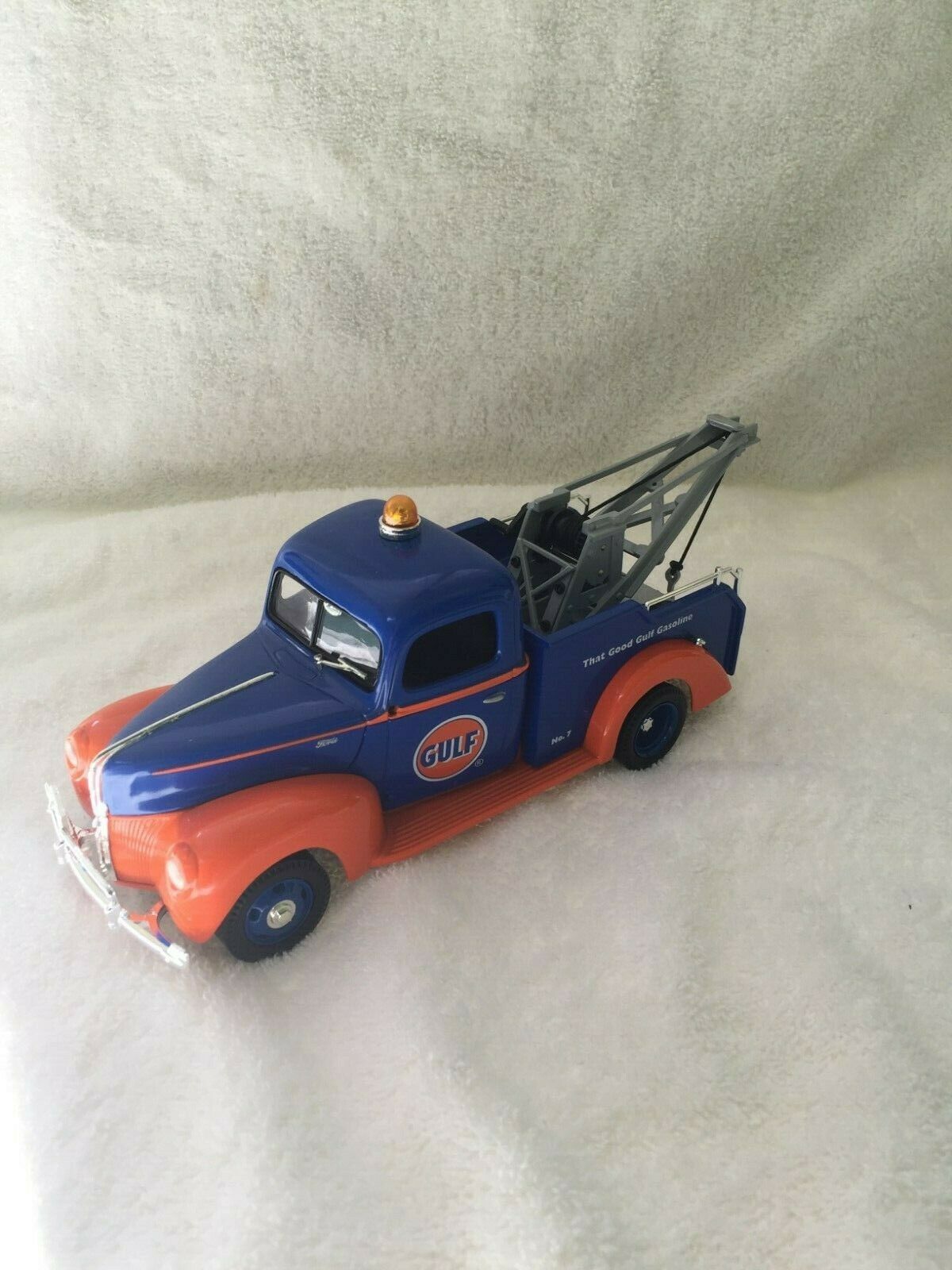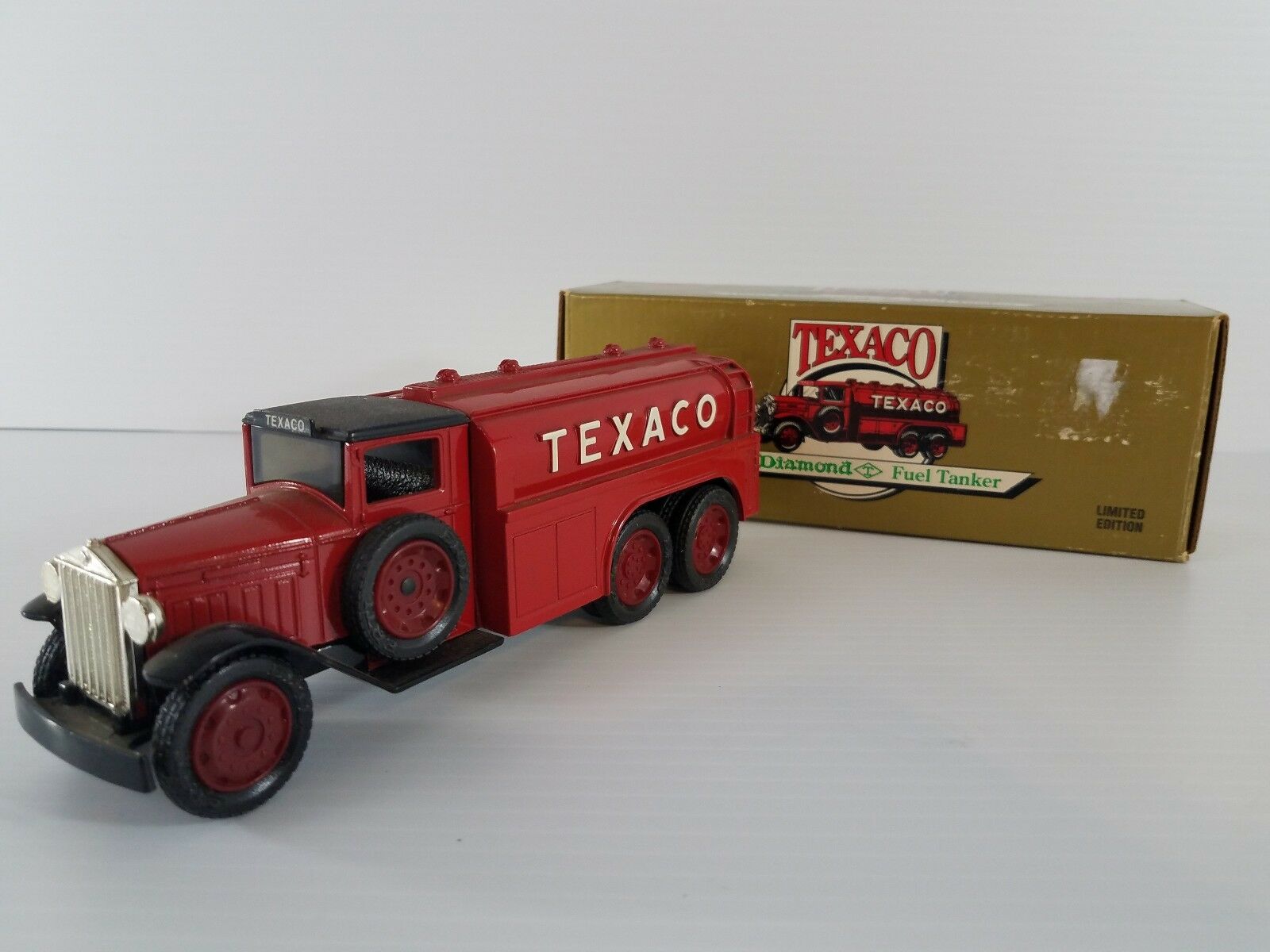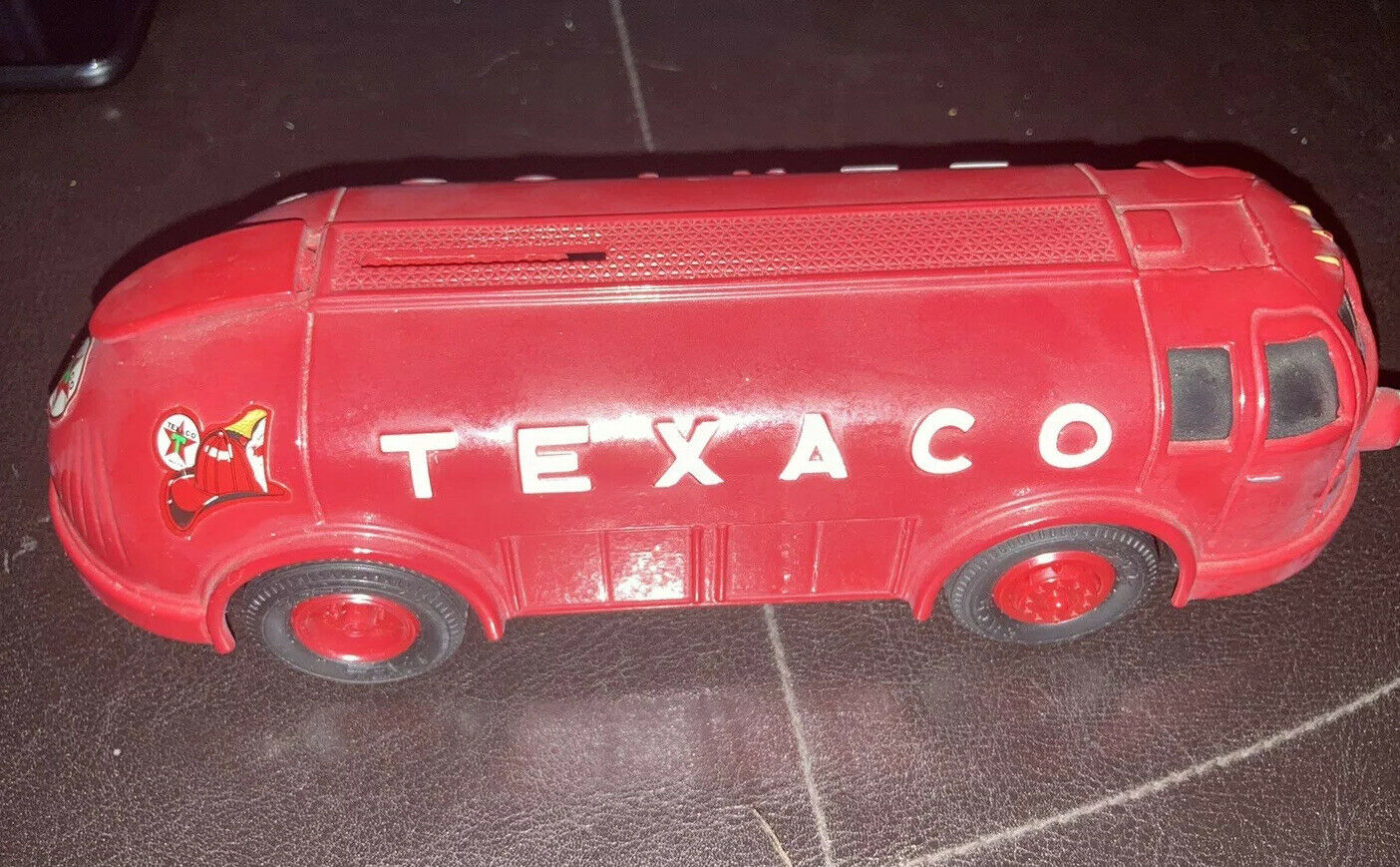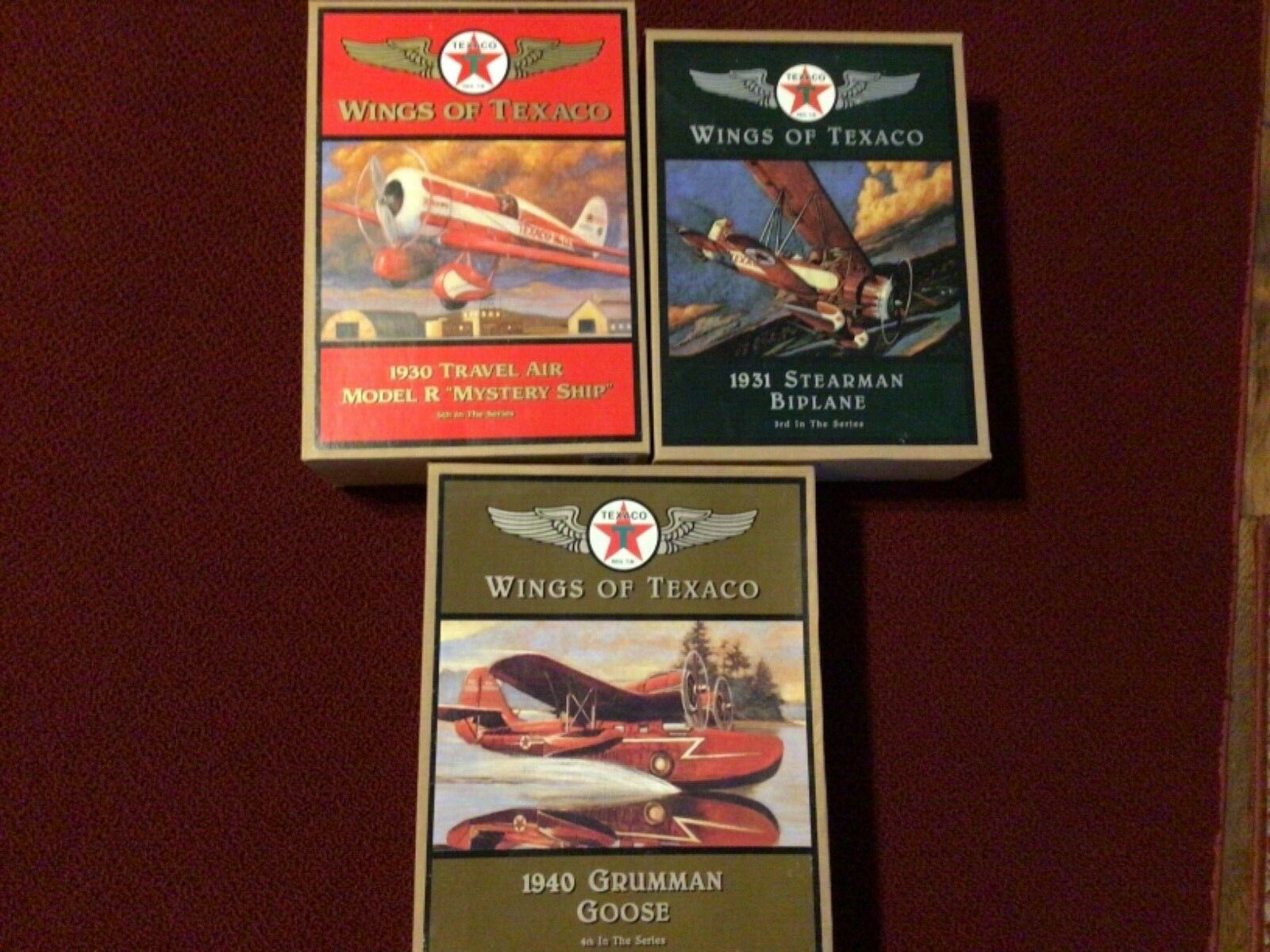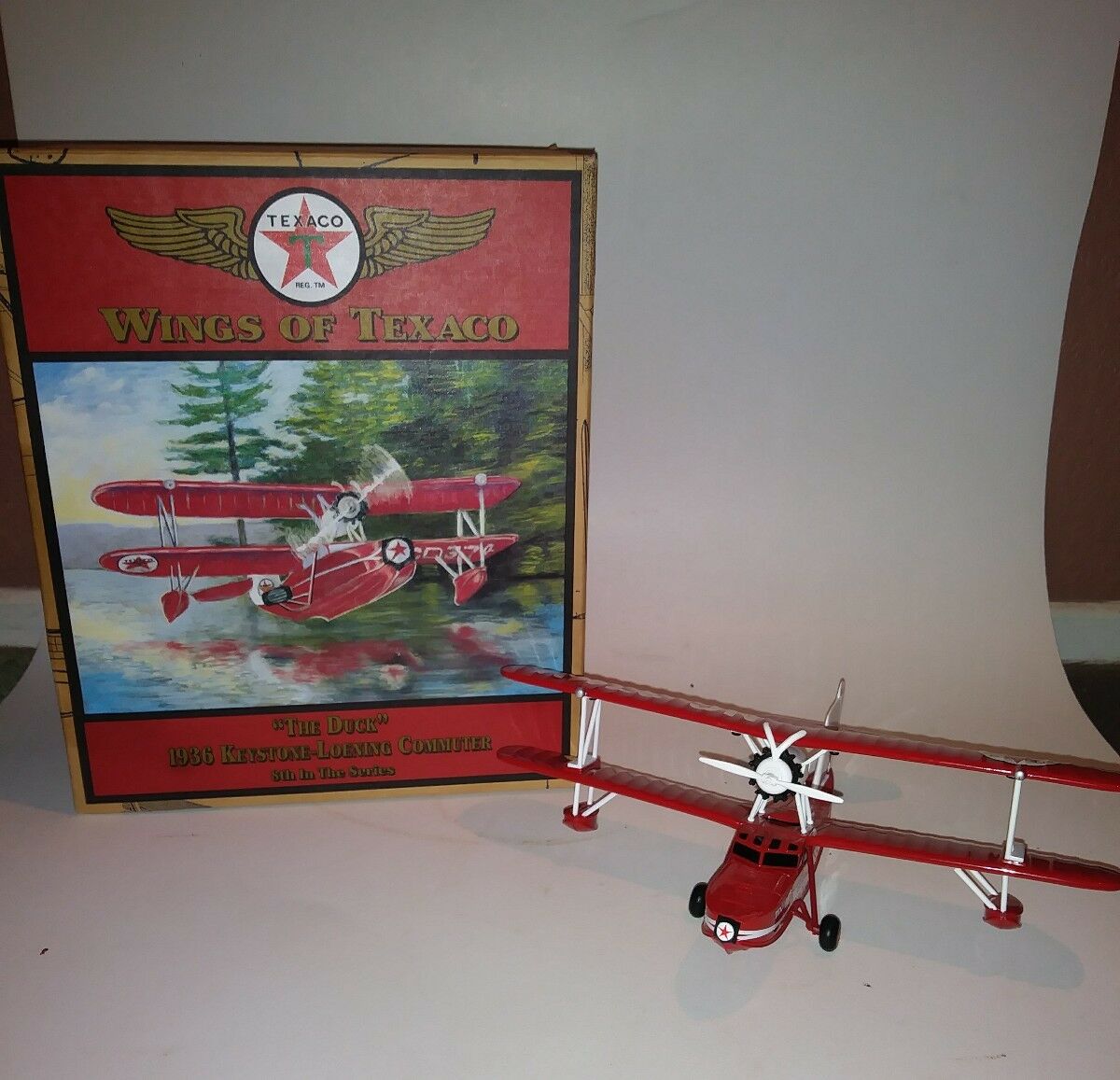-40%
Antique Cast Iron Ford Model T-Terrific Shape
$ 25.87
- Description
- Size Guide
Description
Wonderful example of a childs toy from the 1920's. There are no identifying manufacture markings discernable but it is identical to ones just like it made by Arcade Manufacturing. However, it may be from Hubley, Arcades major competitor in the 1920's. I am not sure this is original paint or whether the collectors estate it was obtained from actuallymeticulously
repainted it himself. Either way it is definitely a terrific collectors opportunity as it is one of the better ones out there and at a better price.
1921- Arcade officials make a contract with the Yellow Cab Company to license the use of the name
Yellow Cab Company
and to manufacture and sell a realistic toy version on the Yellow Cab. This is the toy that changes everything for the company and that would soon change the company’s main focus to toy production. The decision is made by company executives to take a big chance and make high quality, more expensive toys that would be exact replicas of the real thing. Company executives fear that the public will not be willing to spend a dollar or more for a toy. Their gamble pays off, though. By making toys that really appeal to children, they create a market that no other company fills. Their toys fly off the shelves. Soon after the Yellow Cab come more toys modeled after the real thing: the Fordson Tractor ( to appeal to the farm kids), the Andy Gump Car, the Oliver Plow, W. & K. Truck Trailer, and the International Harvester Trucks. Arcade never wavers from their policy of not skimping on quality or authenticity. The company spares no expense when they create the pattern (mold) for each new toy. During this time the company adopts the slogan “They Look Real.”
The Hubley Manufacturing Company was first incorporated in 1894 in
Lancaster, Pennsylvania
by John Hubley. The first Hubley toys appeared in 1909 and were made of cast-iron, with themes that ranged from horse-drawn vehicles and different breeds of dogs, to tractors, steam shovels and guns.
[1]
Hubley's main competition in the early years was Arcade.
[2]
Early toys were known for their complexity.
Hubley's casting process involved several steps. For a particular toy, bookend, or doorstop, metalworkers would first carve a wood form, or hammer out the basic design in metal. Pressing this form into finely compacted sand created an impression for molding. Cast iron heated to 3000 degrees was poured into the sand mold and, when cooled, the form would pop out. Rough edges would be filed away and the mold ready for mass production casting. Painters applied a base coat (usually white or cream but sometimes black) to cast figures whether toys or doorstops. Then, colorists used a variety of hues highlighting important details.
[5]






